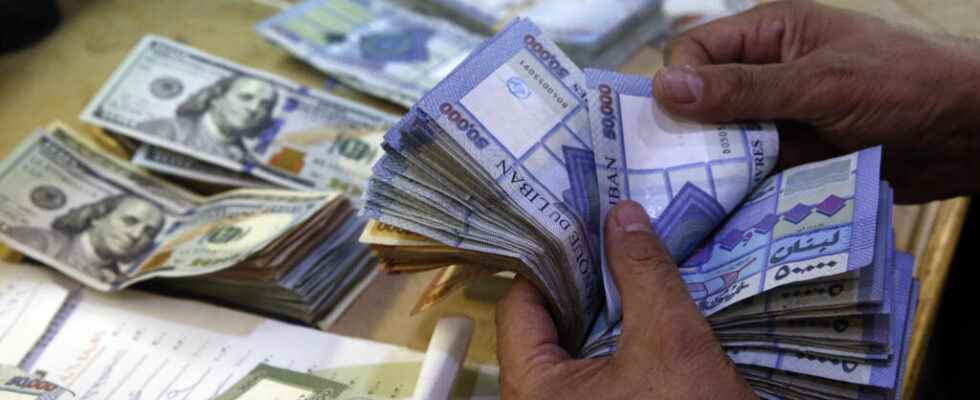A wave of panic hit the Lebanese market this Thursday, January 19 after the fall of the national currency against the dollar. The Lebanese pound reached a new depreciation record on Thursday on the parallel market, crossing the symbolic bar of 50,000 Lebanese pounds for one dollar. Before the outbreak of the crisis, in October 2019, the greenback was worth only 1,500 pounds.
With our correspondent in Beirut, Paul Khalifeh
At the psychological level, this new fall of the Lebanese pound reinforces the conviction of many Lebanese that their national currency will soon have no value and will be doomed to extinction.
But this depreciation also has immediate and direct consequences on all aspects of the daily life of a majority of the population.
Disruptions have emerged in the foreign exchange market and in some areas of the supply chain.
Many food retailers have lowered the curtains to correct their prices. In some supermarkets, the prices of products have been increased under the dumbfounded gaze of customers.
The most serious consequence is likely to affect the distribution of bread. The president of the bakery union mentioned a possible suspension of market supply if the price of the package of bread was not revised upwards.
The price of this staple is set by the Ministry of the Economy, which takes into account the cost of imported materials, paid for in dollars.
Shortly after the £50,000 threshold was exceeded, the Department of Energy announced new, higher fuel prices, in an attempt to avoid a shortage due to the closure of service stations.
► See also European judges in Lebanon to investigate the actions of the governor of the Central Bank
